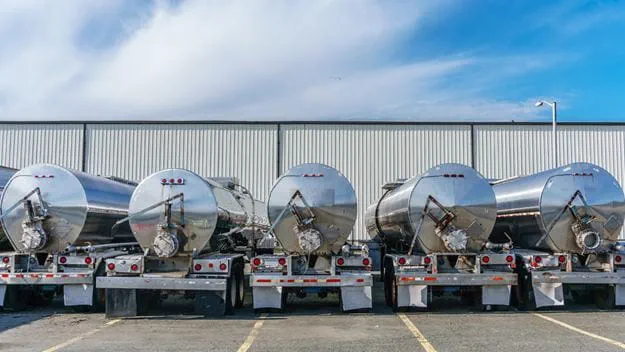
Hazard class 6.1 Toxic substances
Class 6.1 dangerous goods are substances that in relatively small quantities, are able by a single action or by an action of short duration to cause damage to human health, or death by inhalation, absorption, or ingestion. Toxic substances can be either a solid or liquid form.
Packing groups
Class 6.1 has been assigned a packing group which indicates the degree of danger.
Packing Group I: Substances presenting high danger
Packing Group II: Substances presenting medium danger
Packing Group III: Substances presenting low danger
Examples of commonly transported toxic substances
Arsenic, chloroform, cyanide, lead, numerous mercury substances, nicotine, numerous types of pesticides.

Hazard class 6.2 Infectious substances
Class 6.2 dangerous goods are substances which are known or are reasonably expected to contain pathogens. Pathogens are defined as micro-organisms (including bacteria, viruses, parasites, fungi) and other agents. Infectious substances can be biological products, cultures, medical and clinical waste or patient specimens and when transported in a form that when exposure to it occurs, it can cause permanent disability, life-threatening or fatal disease in otherwise healthy humans or animals.
- Ebola Virus
- Hepatitis B virus
- Rabies virus
- Yellow fever virus
For example, in animals:
- African swine fever virus
- Foot and mouth disease virus
Infectious substances are sub-dived into two categories, Category A and Category B and are assigned UN No’s 2814, 2900, 3291, 3373 or 3549.
You may also be interested in
Any questions?
Our experts are ready to help. Get in touch and we'll find the solution you need.




